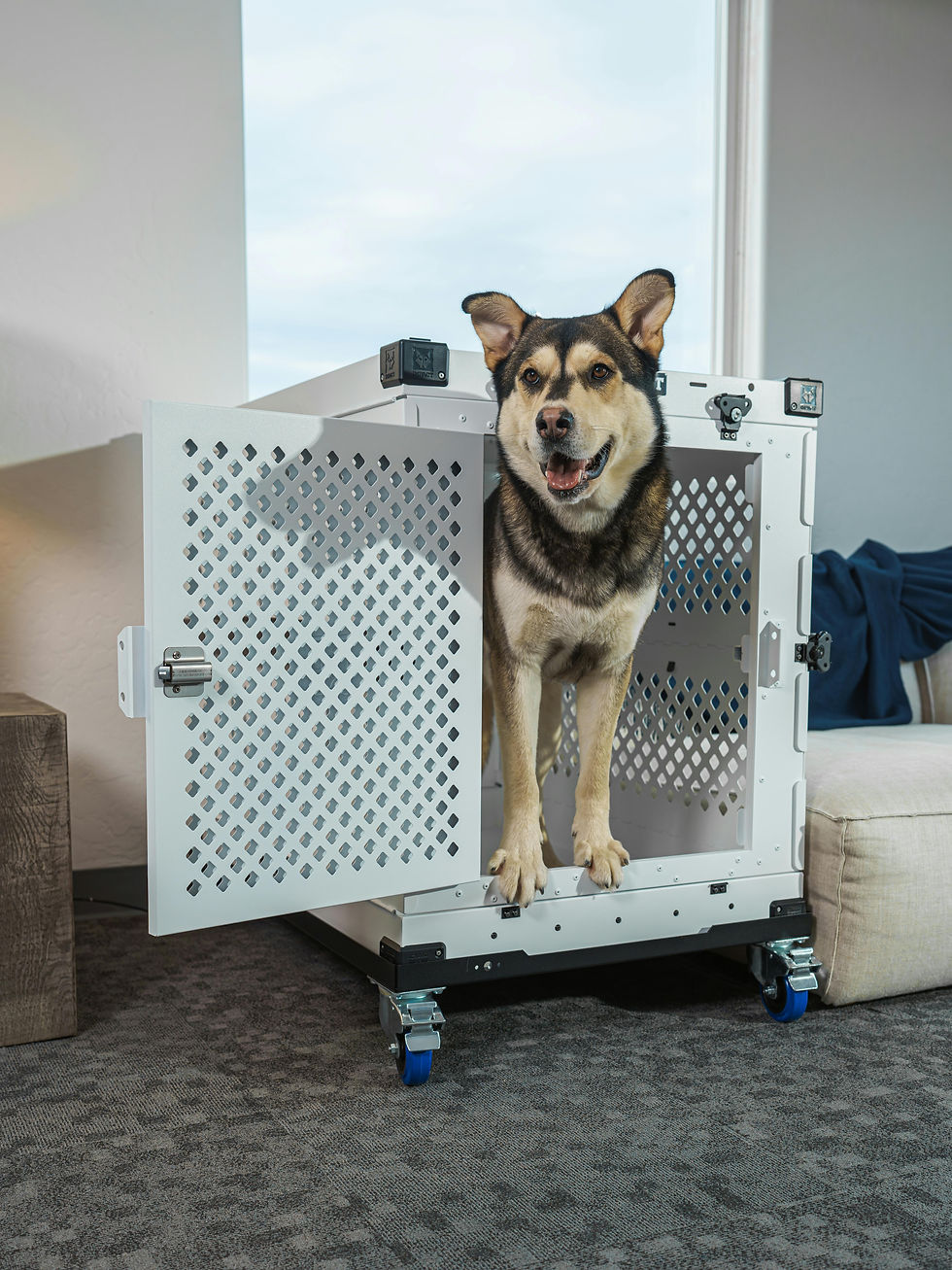Why Structure Is the Kindest Thing You Can Give Your Dog
- ahoesch
- Aug 5
- 3 min read

When people think about helping their dogs feel more balanced or well-behaved, they often focus on fixing surface behaviors—like barking, jumping, pulling, or reactivity. But what many dog owners don’t realize is that those behaviors are often symptoms of a deeper issue: a lack of structure.
Structure isn’t about being rigid or controlling. It’s about creating clarity, rhythm, and safety in your dog’s world. It’s about showing them what to expect, how to navigate daily life, and when it’s their turn to engage—or to rest.
When your dog knows the “rules of the house,” they don’t need to guess what’s expected. They can relax into their role and start to let go of that hyper-vigilant state many dogs—especially anxious or reactive ones—tend to live in.
Predictability Builds Trust
Dogs thrive in environments that feel predictable. They’re not built to lead the way in a human world—they’re built to follow calm, confident guidance. Structure tells them:
What’s happening now and what’s coming next
What behaviors are okay and which ones are not
When it’s time to rest, to walk, to play, or to stay still
Without this kind of clarity, dogs can become insecure, confused, or anxious. They may try to control their environment because no one else seems to be doing it for them.
Structure is what creates trust—not just in you as their person, but in the world around them.
Especially Important for Anxious or Reactive Dogs
If your dog is constantly scanning the environment, barking at every sound, reacting to people or dogs, or struggling to settle, chances are they don’t feel safe.
Reactivity and anxiety often stem from the absence of a predictable, calm framework.
When the world feels chaotic or inconsistent, your dog stays on high alert—trying to control situations that aren’t theirs to manage.
Creating consistent structure—through daily routines, calm transitions, and clear boundaries—communicates something powerful:
“You don’t have to be in charge. I’ve got you.”
And that sense of relief can shift everything.
What Structure Actually Looks Like
Structure isn’t a training command—it’s a lifestyle. It shows up in small, simple ways that your dog can count on:
Starting the day with the same calm routine
Having clear boundaries around food, space, and interactions
Making rest and decompression a non-negotiable part of the day
Guiding your dog through new situations instead of letting them figure it out alone
Ending the day with the same grounding steps each night
Structure is not about perfection. It’s about being consistent enough that your dog learns, “This is how life works here.” And once they understand that, they feel safer, more grounded, and more in sync with you.
It's One of the Greatest Acts of Kindness
A structured life gives your dog freedom within the safety of boundaries. It lets them explore the world without needing to be in control. It reduces stress, prevents unwanted behaviors, and strengthens the bond between you.
If you want your dog to be calm, confident, and connected—start by building a life that makes sense to them.
Need Support Creating Structure for Your Dog?
At Performance Canines in Sandy, UT (surrounding Areas), we specialize in helping dogs and their humans build structured, fulfilling lives together. Whether you're working through reactivity, anxiety, or just want a more connected relationship with your dog, we’re here to help.



Comments